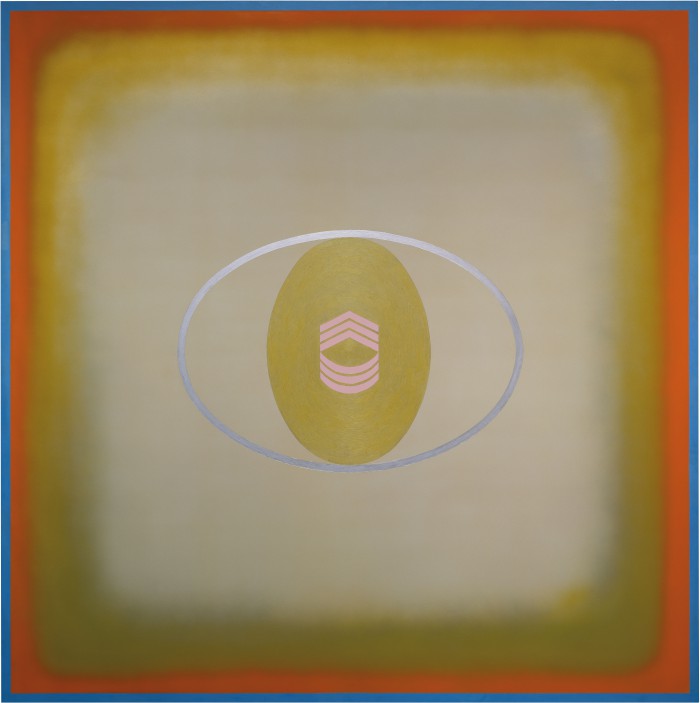Billy Al Bengston
Lux Lovely 1962

Reproduction of this image, including downloading, is prohibited.
Welcome to the Anderson Collection
Stanford University's free museum of modern and contemporary American art

Reproduction of this image, including downloading, is prohibited.